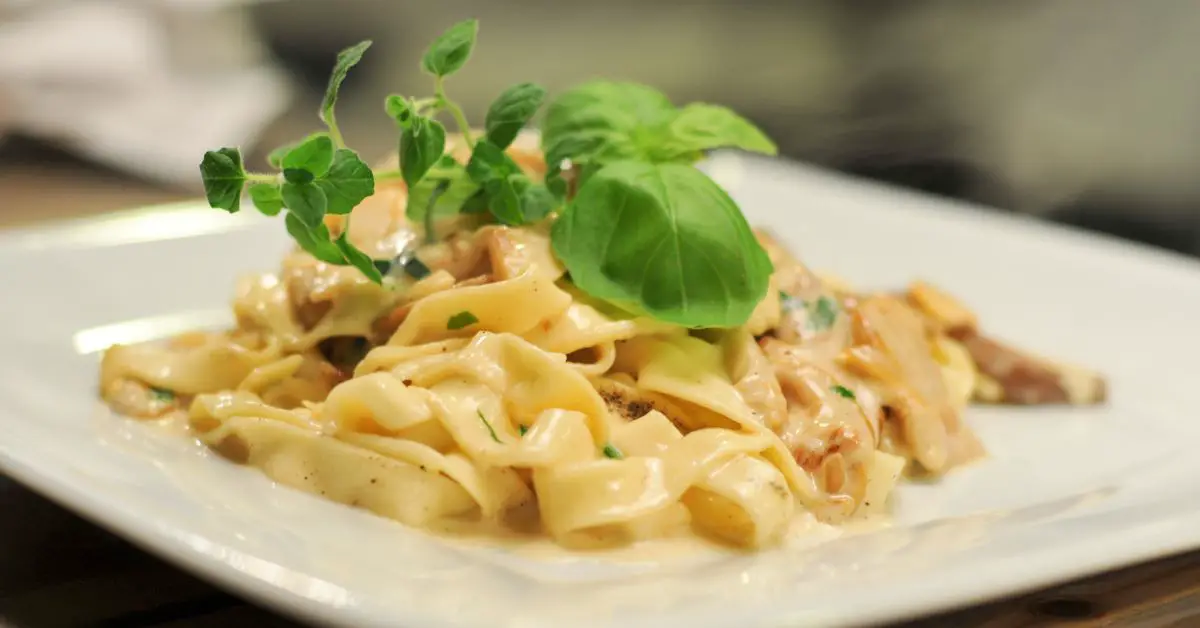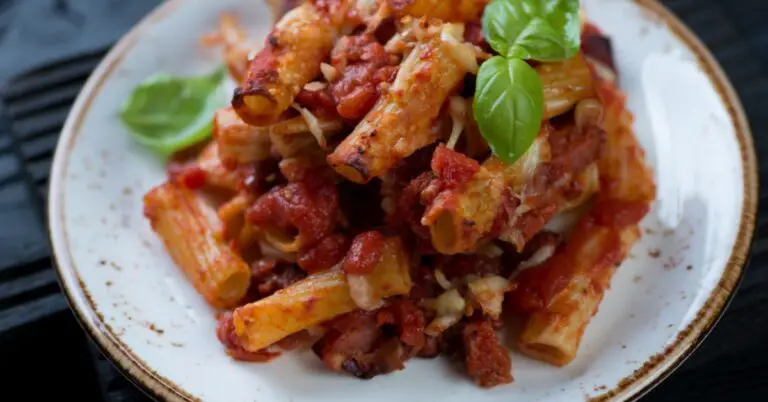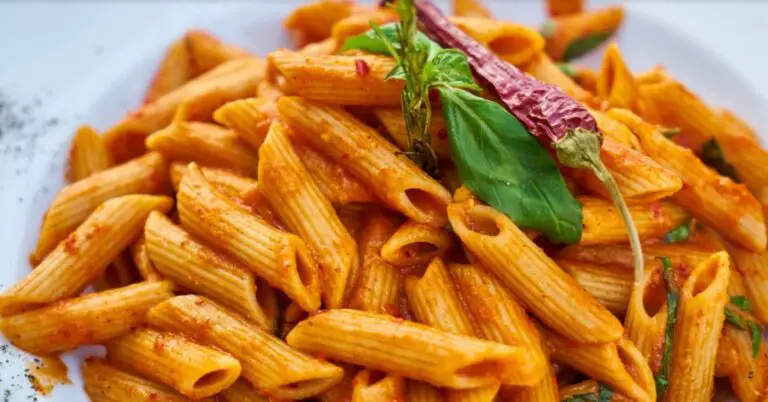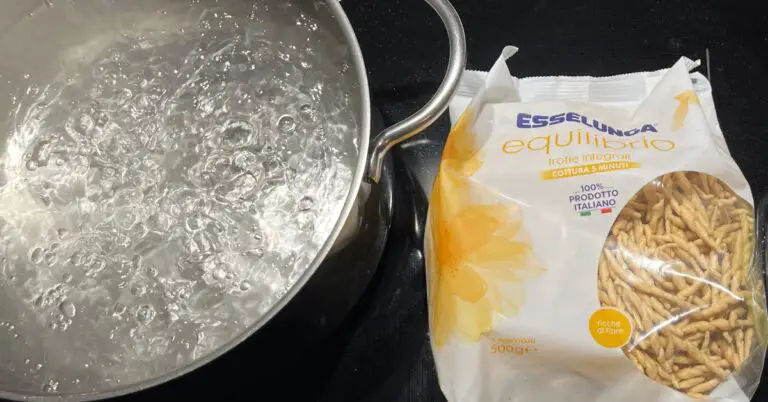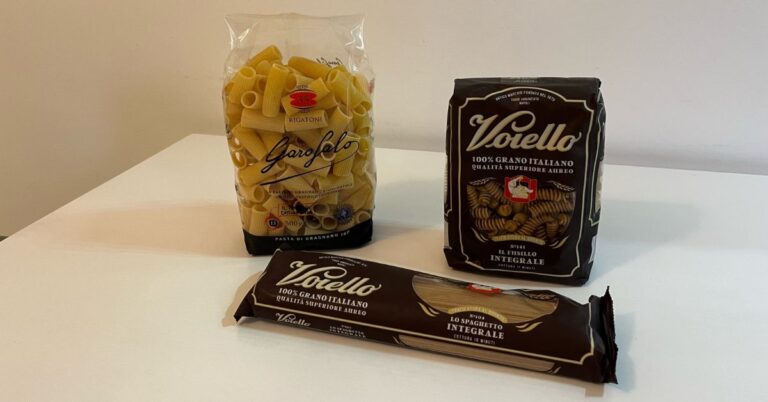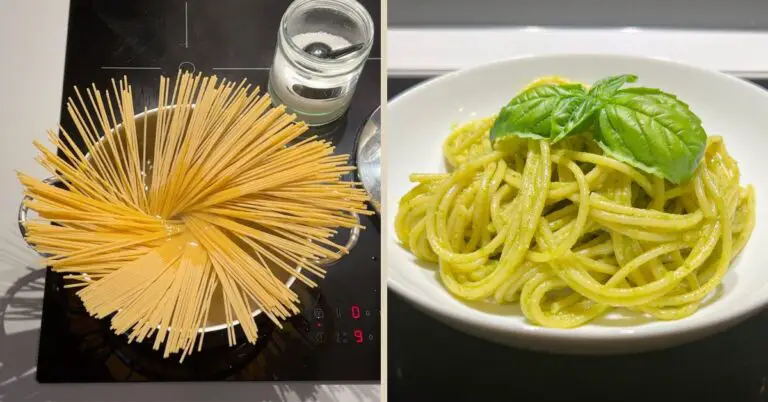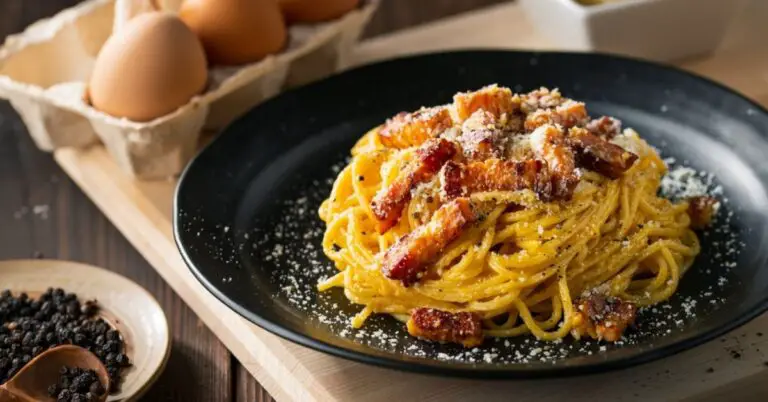If you want to confuse or anger an Italian, ask him to prepare fettuccine Alfredo. But what is it? Easy peasy: long egg pasta seasoned with butter and Parmesan! It looks like an italian dish.. doesn’t it? Yes … but not really, let me explain.
There are dishes made with Italian products, called with Italian names and whose roots really come from in Italy which, however, are more famous abroad than in Italy. Strange but true.
In the case of fettuccine Alfredo, we are in a kind of limbo.
They were actually invented at the beginning of the twentieth century by an Italian restaurateur during his wife’s post-pregnancy convalescence. The result was a complete success: his wife appreciated this simple and, at the same time, nutritious first course so much that she suggested to include it in his restaurant’s menu.
Click to explore Italian-American culinary wonders not known in Italy!
The USA peeped into this story when two Old Hollywood actors on their honeymoon in Rome, Mary Pickford and Douglas Fairbanks, tasted this course and remained ecstatic, to the point of crowning Alfredo “King of Noodles” and calling other stars to visit his restaurant, by ushering the so-called era of the Dolce Vita.
At this point there was a further evolution: back home, the two artists realized that the taste of the ingredients they could find overseas was very different from the original Italian one. Therefore, they decided to import the recipe by revisiting it in their own way and adding cream.
In short, fettuccine Alfredo origin are Italian but very few Italians know and appreciate them, their real consecration had been made by the Americans who, indeed, remain their greatest admirers also today. In fact, the only restaurants in Italy that serve this dish are those that are mainly visited by American tourists.
Italians prefer Cacio e Pepe to fettuccine Alfredo
Although the ingredients of fettuccine Alfredo are simple and very essential, it must also be said that, often, the dish is flavored with a pinch of pepper, taking on the appearance of a recipe which, in Italy, climbs the approval ratings much better: the Cacio e Peppe.
What is the difference between these two courses? Distinguishing them is quite simple: fettuccine Alfredo are creamier while Cacio e Pepe appears drier, “rougher”, homemade.
Another unmistakable element is the type of pasta: with egg in the first case, simple spaghetti in the second. Then, on the palate, certainly another clue: parmesan VS pecorino; it is a detail that even a “non-expert” can grasp, because the aromas that these two aged cheeses bring with them are deeply different.
Are fettuccine Alfredo there in Italy?
For a tourist who visits Italy for the first time, it is easy to make mistakes. The Latins said “nomen omen”, or rather “the name is an omen”: anyone could think that a dish with an Italian name is certainly the star of all our restaurants!
As we have seen, this is not exactly the case even if many chefs have learned to offer revisited fettuccine Alfredo to please foreigners and to introduce them to us compatriots.
If you were to find yourself in my part, therefore, do not be surprised if someone will be strange listening to your order: take a tour of taverns, small local restaurants and inns and you will see that, sooner or later, you will find an Italian capable of preparing you a fabulous plate of fettuccine Alfredo!
But then what is the Italian consecration of fettuccine?
In Italy, long egg pasta can have variations. The formats are all rough, thick and “voluptuous” but it differs from each other in increasing width, according to this order: fettuccine, tagliatelle, pappardelle. Fettuccine, traditionally made with eggs and flour, are widely used with various condiments:
- truffle;
- shellfish;
- vegetables;
- simple or accompanied tomato sauce.
Usually, cream, béchamel and other similar components are associated with larger pasta shapes that aggregate bigger and richer morsels on the fork.
By the way, did you know that long pasta, here in Italy, is strictly wrapped around a fork and without the aid of any other cutlery? Here, broken spaghetti (I don’t even want to think about broken tagliatelle!) is a kind of sacrilege: when we break up long pasta, we do it on purpose, and only for specific recipes. But I will tell you about this another time.

